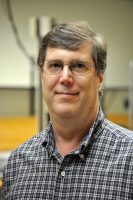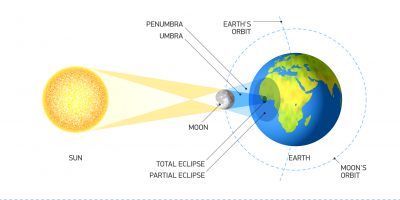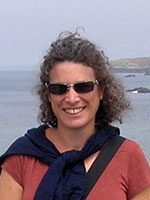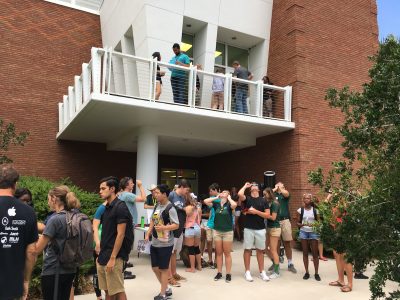
A crowd of students and their professors in First-Year Seminar classes gather outside Sage Science Center on Monday to view the partial solar eclipse.
Cloudy skies didn’t stop Stetson first-year student Carlie Minott from trying to catch a glimpse of Monday’s partial solar eclipse.
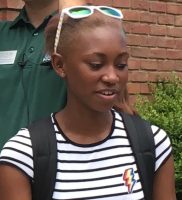
Carlie Minott
A physics major from College Park, Maryland, Minott tried a pinhole viewer made from a cereal box and then a pair of NASA-approved glasses as a crowd of students gathered outside Sage Science Center to view the celestial event Monday afternoon.
“I couldn’t really see it through the cereal box, but through the glasses, you can see the crescent shape,” Minott said. “It actually surprised me. … It’s just a wonderful phenomenon that you don’t get to see that often.”
It was the first total solar eclipse to cross America since 1918 and started at 11:50 a.m. EDT as a partial eclipse when the moon crossed into the path of the sun over the Hawaiian Islands, according to Space.com. It became a total eclipse over Oregon at 1:15 p.m. EDT and ended over mainland America at 2:49 p.m. in South Carolina.
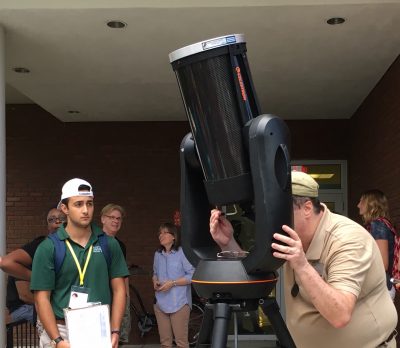
Stetson Physics Professor Kevin Riggs tries to see the eclipse through a reflecting telescope.
Stetson Physics Professor Kevin Riggs, Ph.D., said he managed to get a clear look through his reflecting telescope outside Sage Science Center when the eclipse began.
“At 1:18, it just started and I saw just a little bit, about five minutes when it was clear and then the clouds rolled in — horrible timing,” he said.
The students met outside about 2-2:30 p.m. for First-Year Seminar classes, which allow them to work closely with a faculty member to explore a single topic — before classes begin for all students on Thursday, Aug 24.
First-year student Raven McCain said her mother went online to purchase NASA-approved glasses for her and the rest of their family. Such glasses were in demand on Monday afternoon, and she and other students were happy to pass them around, so others could see.
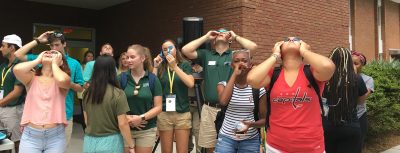
“Actually, it looks like a crescent moon up there right now, so that’s really cool,” said McCain, a biology major from New Smyrna Beach. “I could see through the clouds a little bit.”
Adapted from Stetson Today, August 21, 2017


